23 Pakistan Education Facts (all about Pakistan schools)
Have you ever heard of Pakistanis “ghost teachers”? And did you know that for many Pakistani kids, going to school is dangerous?
Discover everything through these 23 interesting Pakistan education facts! 🇵🇰 🎓
The Best Facts About Schools in Pakistan
Pakistan is the world’s fifth-most populated country. It is located in southern Asia and has the world’s second-largest Muslim community. Its capital city is Islamabad, which has a bit more than a million inhabitants.
An interesting part of the country that I wanted to tackle is its education. In light of that, I have listed my 23 best facts about Pakistan schools, and I hope you will love them:
1. Many poor Pakistani families cannot afford to send their children to school
It is true that most state-funded schools are free in Pakistan, but most poor families just cannot afford to send their children there.
Why? Because parents still have to pay for transport, clothing, and school materials. For rural families, this is just impossible.
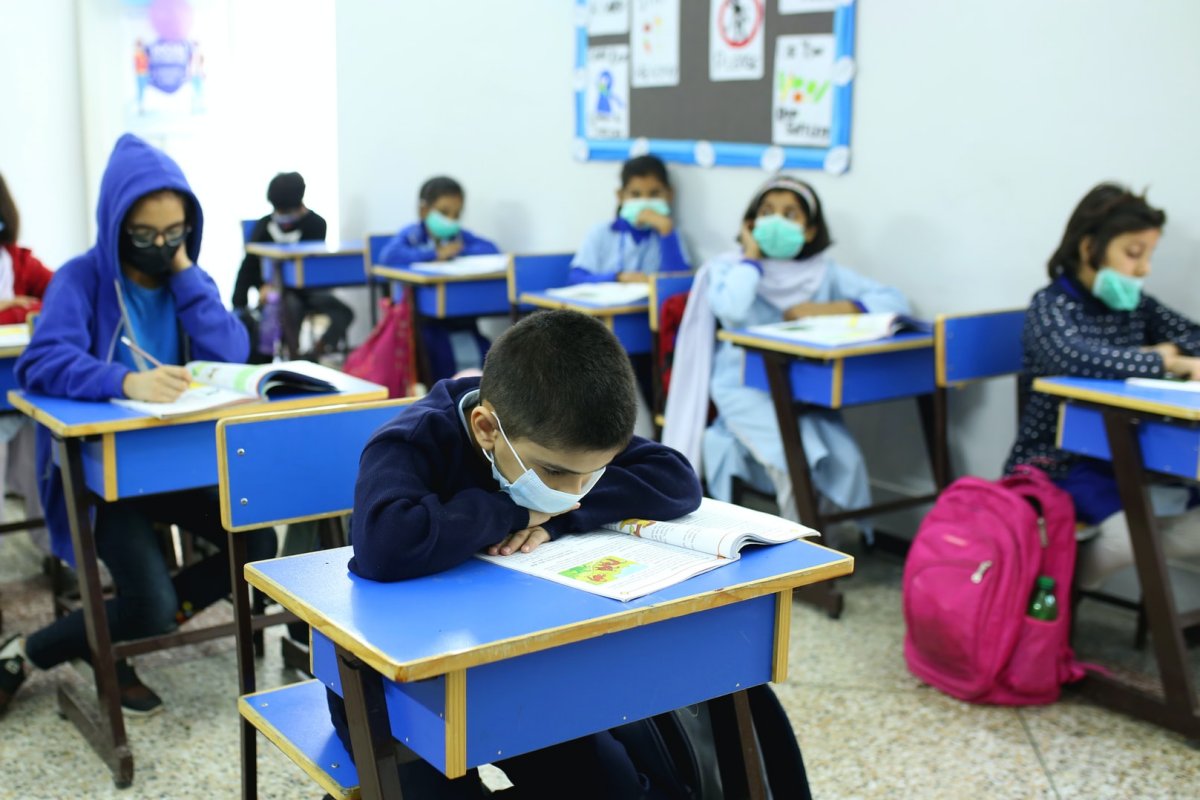
2. The Pakistani education system is extremely underfunded
Technically, every Pakistani child should have access to free school, between the ages of 5 and 16.
In reality though, the government spends 7 times as much on the military as it does on its education system. Because of this, schooling infrastructure is in shambles and teachers are unqualified.
3. Pakistan has the second-highest number of out-of-school children in the world
Education in Pakistan is officially compulsory until the end of secondary education.
Despite that, attrition rates drastically increase as children progress up the educational ladder. In fact, the country has the second-highest number of out-of-school children worldwide, with 22.6 million, just after Nigeria.
4. Pakistani children are not safe when they go to school
There are many reasons why Pakistani children do not attend school. Either their family is too poor, or they live too far from school, or they need to help their family, or they have to walk to school.
And yes, while the latter does not seem to be a problem, it is in fact a very concerning one, mostly for girls. Sadly, it is not uncommon for children walking alone in rural areas to be raped.
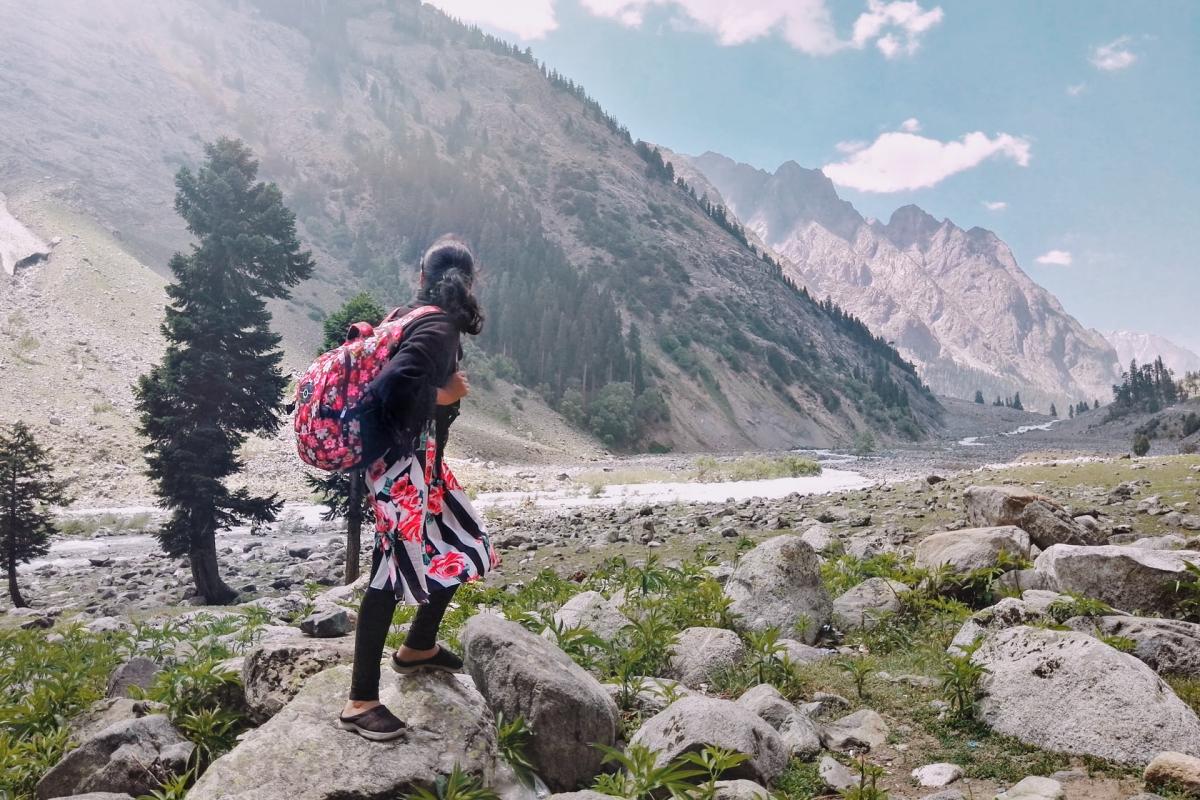
5. There are also disparities between provinces in Pakistan
As you read this list of facts, you will quickly realize that there are disparities everywhere in Pakistan.
Another one of them is the disparity between provinces. There are extremely large gaps in enrollment rates and literacy depending on where you are in the country.
6. There are “ghost teachers” in Pakistan
Not only is the Pakistan education system underfunded, but many teachers are also “ghosts”.
This means they simply never show up to work (especially in elementary school) and sap public payrolls. In fact, corruption is very widespread in the country.
7. Pakistani students often choose to go abroad for their higher education
Many people underestimate Pakistan’s outbound student mobility because it lies right next to India, which is known for its extremely high ratio.
However, the number of international degree-seeking Pakistani students has grown by 70 percent over the last decade, and it represents 2.7 percent of all students (compared to 1 percent in India)!
8. Islamic traditions are very important in Pakistan and have a substantial place in education
Up to 96 percent of Pakistanis are Islamic. This means that religion is of major importance in society.
So much in fact that Islamic studies are mandatory and are a core subject up through lower-secondary school. They are considered critical for personal development and the formation of a national identity.
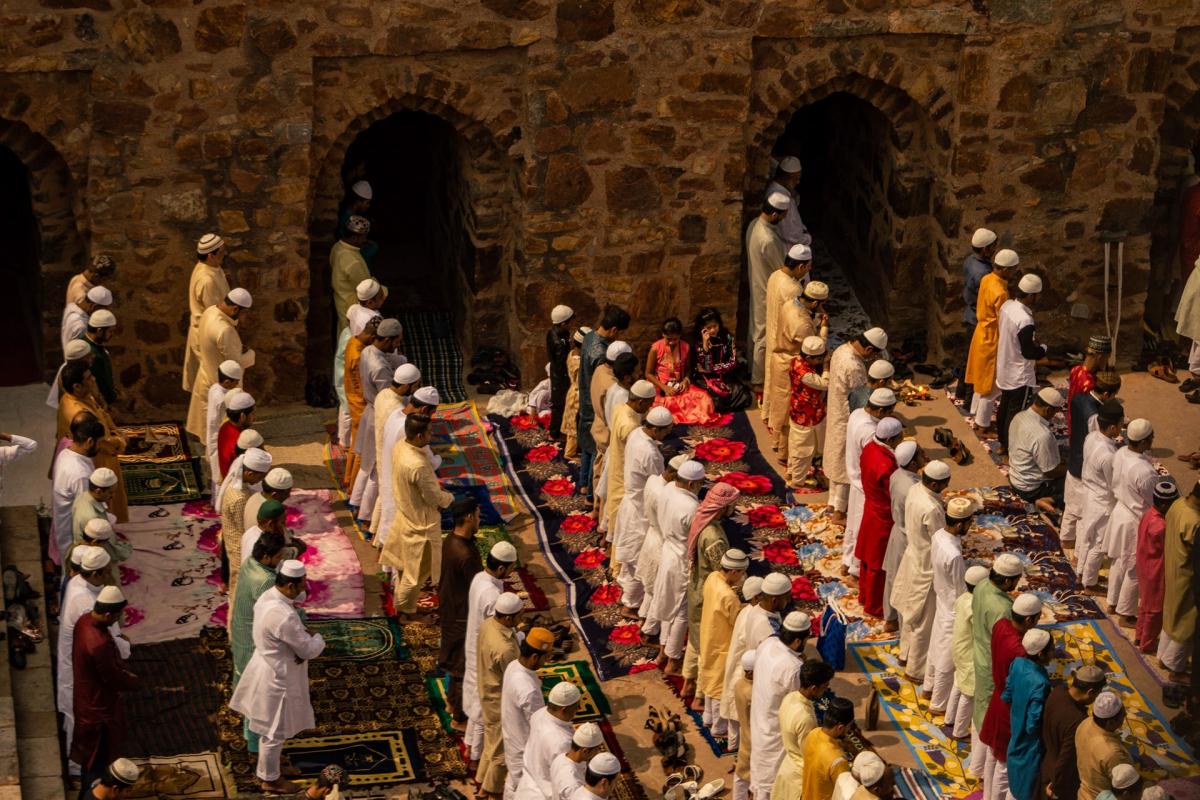
9. Education is being more and more decentralized in Pakistan
Since the beginning of the 21st century, the Pakistani government has decentralized its education.
For instance, the development of school curricula has been delegated to each province. Also, within each province, the administration of education is shifting to local district governments.
10. Pakistan is a culturally diverse country, which can be challenging for its education
While the only two official languages of Pakistan are Urdu and English, there are in reality more than 70 languages spoken in the country. Most of them are local provincial languages.
These languages are not used in education, since English has always been the main language of instruction, but some rural areas can have trouble learning in English.
11. Higher education is relatively young in Pakistan
Tertiary education is relatively new in Pakistan. When the country became independent, it only had one university, with less than 1,000 students enrolled.
Nowadays though, this system has rapidly expanded. In 2018, there were 1.9 million students in Pakistan’s higher education sector!
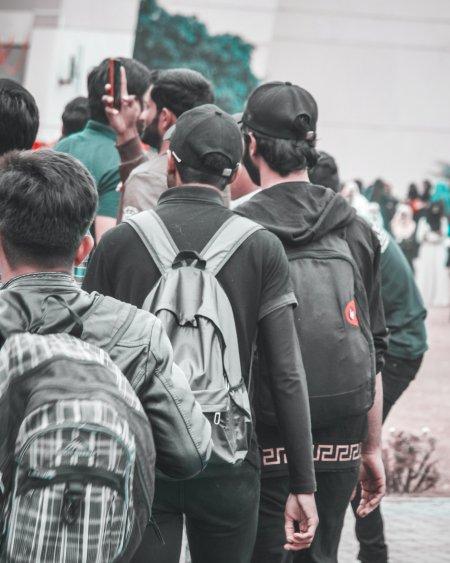
12. There is only one Pakistani university in the top 500 worldwide
Out of all of the 500 best universities in the world, only one is Pakistani: Quaid-i-Azam University.
Even though there are 6 of them in the top 1,000, this gives a good idea of how much the Pakistani higher education sector could improve.
13. The Pakistani government is making efforts to create a national curriculum
Because of how many disparities there are when it comes to education in Pakistan, the government has decided to launch a new project dedicated to creating a national curriculum.
If it works, it could reduce the fragmentation and inequalities that are already present in the Pakistani school system. However, because of religion and language discrepancies, this seems hard to implement.
And that is it for the best 13 interesting facts about Pakistani education…. Wait, did I say 13? Oh yes, because there are 10 more of them, dedicated to Pakistan education for girls, coming right up:
Facts About Girls Education in Pakistan
Because of how different education for girls is in Pakistan, I really wanted to dedicate an entire part to them.
So, here are 10 more facts about girls’ education in Pakistan:
14. A Pakistani native and activist for female education started a non-profit organization
Many Pakistani are aware of the many problems the education system has to face.
Malala Yousafzai is one of them, and she is an activist for female education. She started the “Malala Fund” organization, which has benefitted Pakistan by building new schools all around the country and helping girls even more.
15. Other international organizations are also trying to help Pakistani girls’ education
The Hoshyar Foundation is a major factor when it comes to increasing females education in Pakistan.
It primarily works in rural areas and sponsors schools in eastern and northwestern schools in the country. 12 schools were supported in 2018 by paying for student tuition and funding teachers’ training.
16. While both sexes have low enrollment rates in Pakistan, girls are far more affected
School enrollment rates in Pakistan are drastically low. Almost 22.6 million children aged 6 to 16 are out of school!
For boys, this represents 44 percent of them, and for girls, 56. So even though both sexes do not attend school, girls are far more disadvantaged.
17. Early marriage is a major dropout reason for Pakistani girls
Unfortunately, many countries in Africa and Asia still practice early marriage, which is very detrimental to children’s education, especially for girls.
This is also the case in Pakistan, and it is in fact a fairly common tradition: 3 percent of girls are already married by age 15, and 21 percent before age 18.
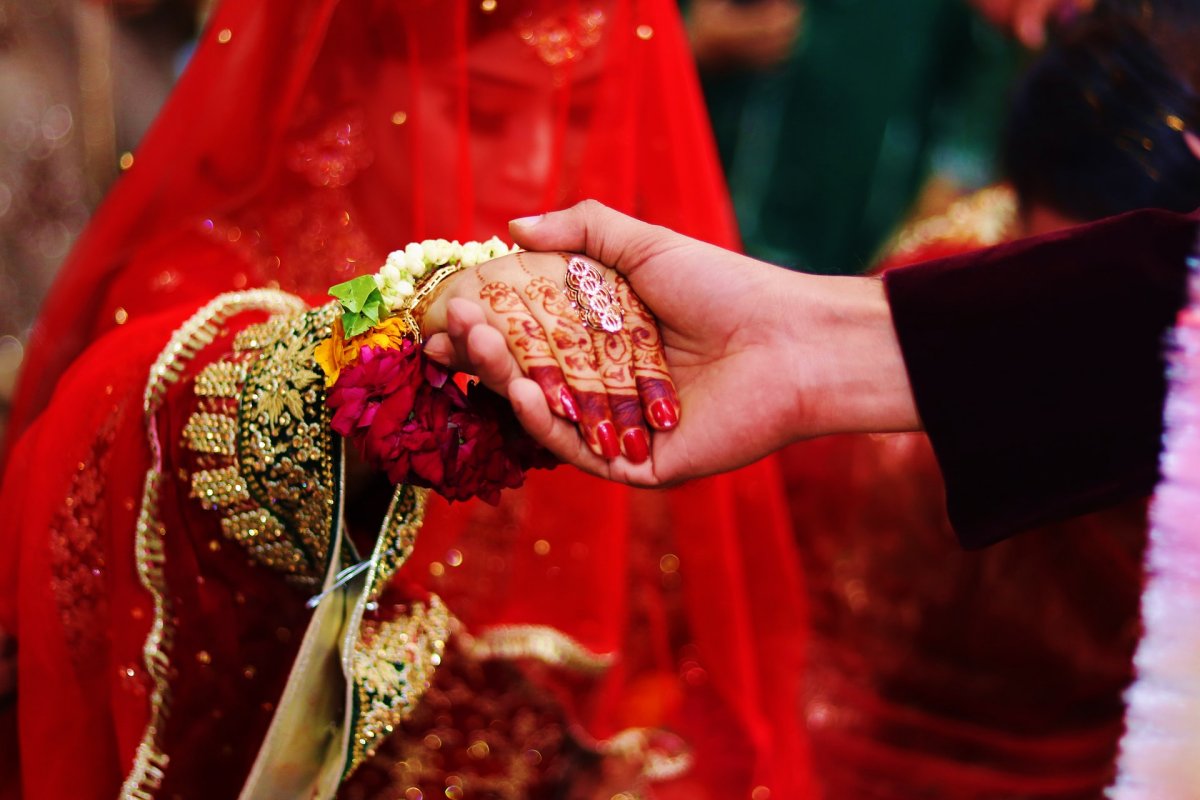
18. Education could really help towards reducing child marriage in Pakistan
This is a vicious circle. Because girls are not educated enough, child marriage is a problem. To solve that, they would need to stay longer in school… but they are married early!
Education is primordial for the future of the country: for every year in secondary education, a girl reduces her chances of getting married by 3.4 percent.
19. The Taliban are a big problem for education in Pakistan
You must have heard of the Taliban already. This Islamist organization has destroyed many schools in Pakistan and does not agree with western-style schooling, so they killed hundreds of teachers and students.
For girls, it is even worse: the Taliban consider that female education is contrary to Islamic law, so they are simply not allowed to attend school.
20. It is the patriarchal culture in Pakistan that prevents girls from attending school
Pakistani society in general is very patriarchal. Because of this, women’s and girls’ education is not valued at all compared to males.
While the majority of educational institutes are same-sex in Pakistan, only 43,000 out of the total 163,000 primary schools are dedicated to girls.
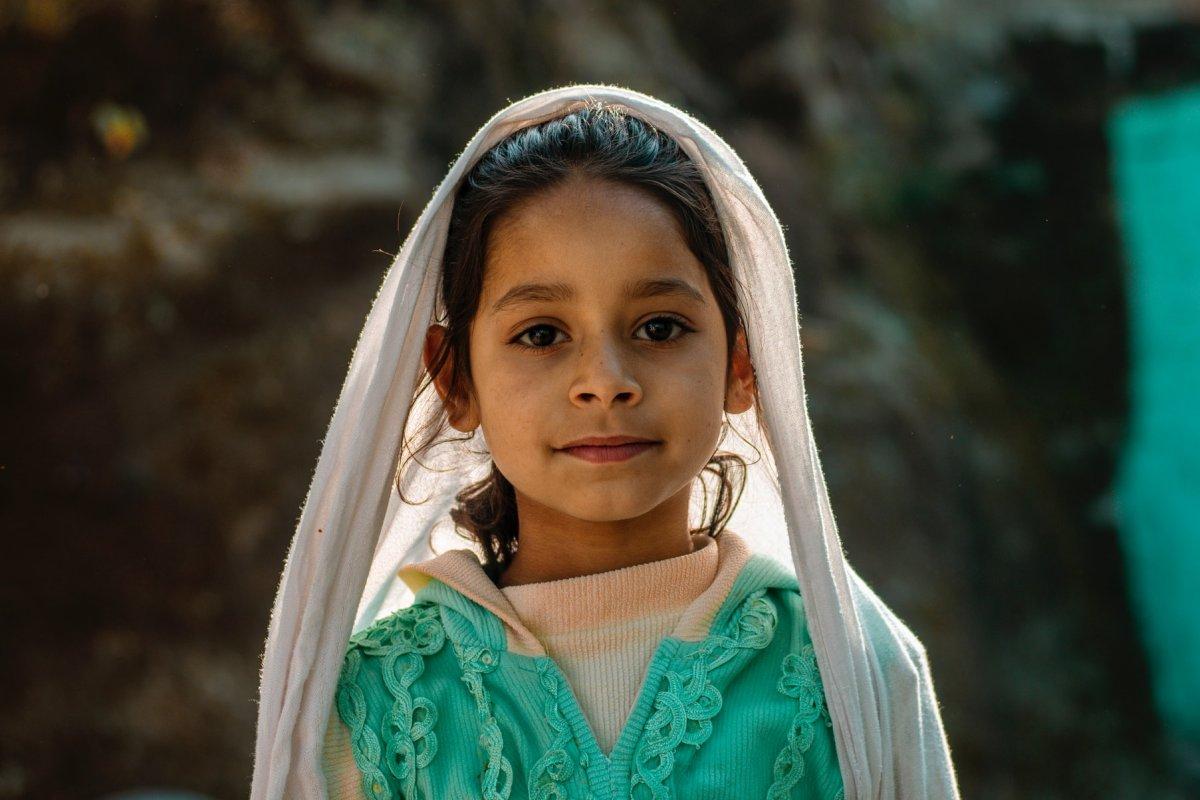
21. Pakistani girls living in rural areas face even more challenges
As in many countries, the main problem with education in Pakistan is that it only reaches the elite urban population.
Rural school-aged girls have extremely low literacy rates: only 38 percent! These areas simply do not have access to facilities, nor to teaching staff or school materials.
22. Women’s earnings take a huge hit because of their lack of education
Another reason for Pakistani girls to be educated is their later salary.
Indeed, women with primary education earn on average 51 percent of what their male counterparts earn. Even with secondary education, this number jumps to 70 percent, but that is still a huge discrepancy.
23. Increasing Pakistani girls’ education by 1 percent would increase the economy by .3 percent
Everyone should have access to education everywhere, that is for sure.
However, something that will probably shock is that if only 1 more percent of girls in Pakistan were educated, it would result in a global economic growth of .3 percent!
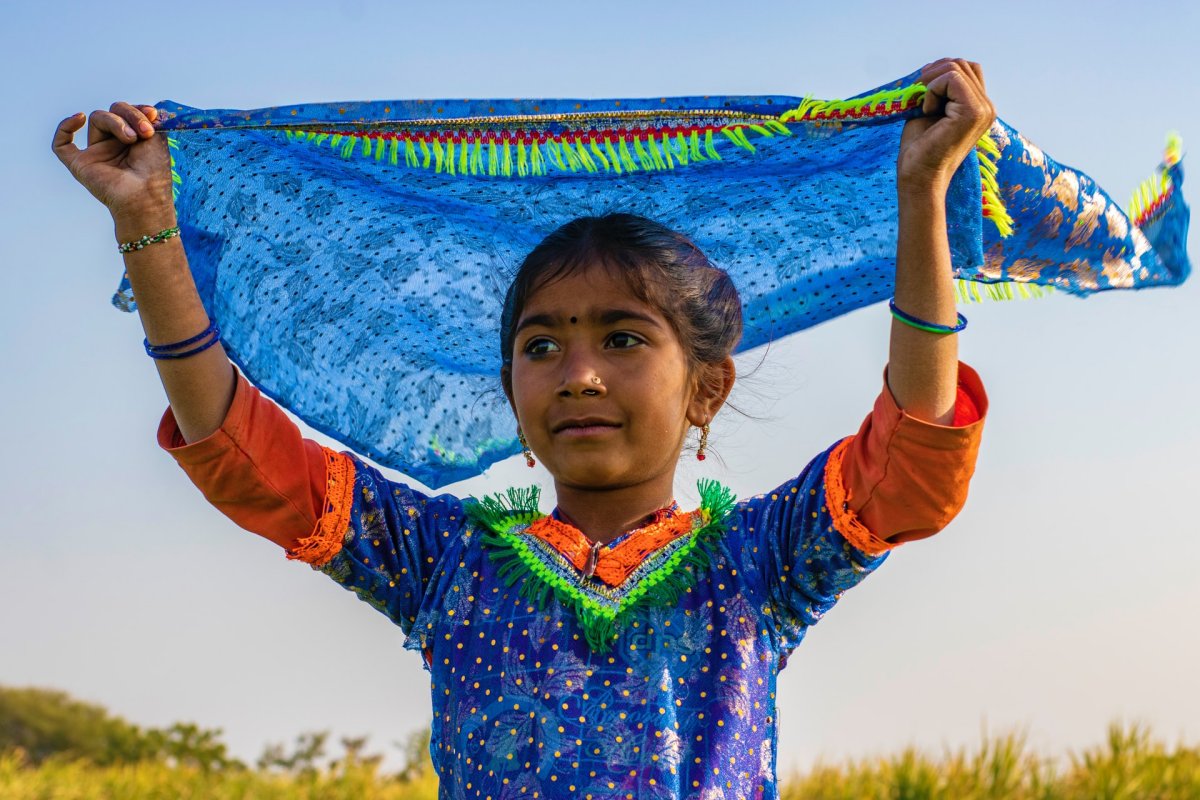
So there you have them, these were all my 23 interesting facts about the education system in Pakistan. I hope you enjoyed them and that you learned something new today.
In case you want to learn more about the rest of the country, feel free to keep reading, as I still have lots of things to tell you about:
Pakistani School Hours
Let’s keep going with our next part, dedicated to Pakistani school hours. The typical school schedule in one country can often be very different from your own, and it’s always interesting to have more details on how students go on about their day.
Pakistan Primary School Schedule
There are six levels in the education system of Pakistan.
After preschool, for children aged 3 to 5, it is time for primary school, corresponding to grades 1 to 5.
The Pakistani system follows the English educational model. The most common courses that children will be taught are arts, computer studies, science, Islamic studies, modern languages, mathematics, and social studies.
Typically, the Pakistani school year runs from April to March of the following year, with a 2-month break in summer (because it is the monsoon season).
The Pakistani school day usually starts at 7:30 AM or 8:30 AM before ending at 1:30 PM or 2:30 PM.
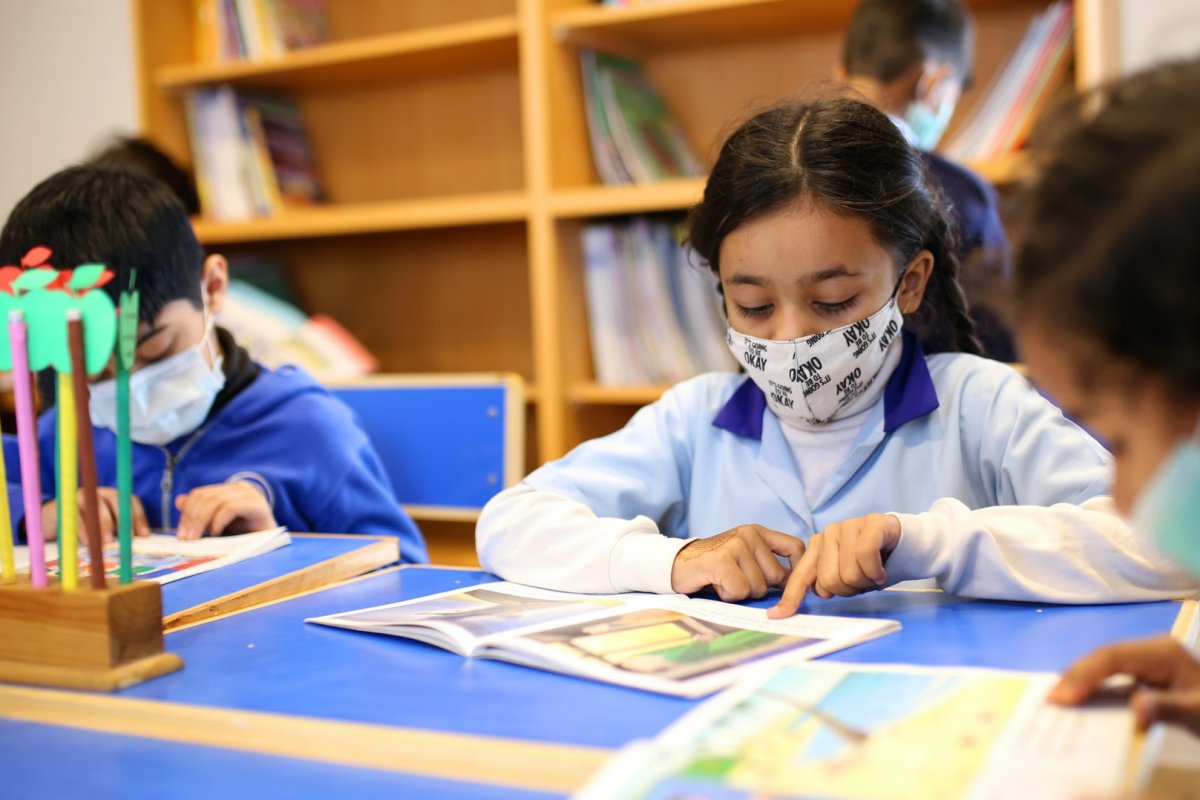
Pakistani High School Schedule
Secondary education in Pakistan lasts for 4 years.
At the end of every year, students need to pass a national examination. After every successfully passed test, students are awarded a Secondary School Certificate.
But wait, it’s not over! After that, they enter an intermediate college in order to complete grades 11 and 12. And yes, at the end of these two years comes another exam. This one leads to the Higher Secondary School Certificate.
General Facts About Schooling in Pakistan
This last part is dedicated to general facts about schooling in Pakistan. More specifically, we’ll check 2 key figures that will give you a better understanding of the education level in Pakistan.
Enrollment in tertiary education for Pakistan: 10.37%
(Average for regions: Sub-Saharan Africa: 8.6% | South Asia: 20.8% | Arab States: 36.4% | East Asia: 36.5% | Latin America: 43.3% | Europe and Central Asia: 62% | North America: 84%)
Data from World Bank EdStats/UNESCO
Pakistan literacy rate: 56%
(Average for regions: Sub-Saharan Africa: 65.3% | South Asia: 72.9% | Arab States: 79.4% | Latin America: 93.7% | East Asia: 95.8% | Europe and Central Asia: 98.5%)
Data from World Bank EdStats/UNESCO
More Education Facts!
Did you enjoy these facts about Pakistan education? Get more education facts about other countries in the following posts:
Or click here to see ALL the education facts up on the blog!
The Full List of 23 Pakistani School Facts
- Many poor Pakistani families cannot afford to send their children to school
- The Pakistani education system is extremely underfunded
- Pakistan has the second-highest number of out-of-school children in the world
- Pakistani children are not safe when they go to school
- There are also disparities between provinces in Pakistan
- There are “ghost teachers” in Pakistan
- Pakistani students often choose to go abroad for their higher education
- Islamic traditions are very important in Pakistan and have a substantial place in education
- Education is being more and more decentralized in Pakistan
- Pakistan is a culturally diverse country, which can be challenging for its education
- Higher education is relatively young in Pakistan
- There is only one Pakistani university in the top 500 worldwide
- The Pakistani government is making efforts to create a national curriculum
- A Pakistani native and activist for female education started a non-profit organization
- Other international organizations are also trying to help Pakistani girls education
- While both sexes have low enrollment rates in Pakistan, girls are far more affected
- Early marriage is a major dropout reason for Pakistani girls
- Education could really help towards reducing child marriage in Pakistan
- The Taliban are a big problem for education in Pakistan
- It is the patriarchal culture in Pakistan that prevents girls from attending school
- Pakistani girls living in rural areas face even more challenges
- Women’s earnings take a huge hit because of their lack of education
- Increasing Pakistani girls’ education by 1 percent would increase the economy by .3 percent
Share the knowledge! Click on the buttons below to share these Pakistani school facts with your friends, and help them learn more about the world 🙂
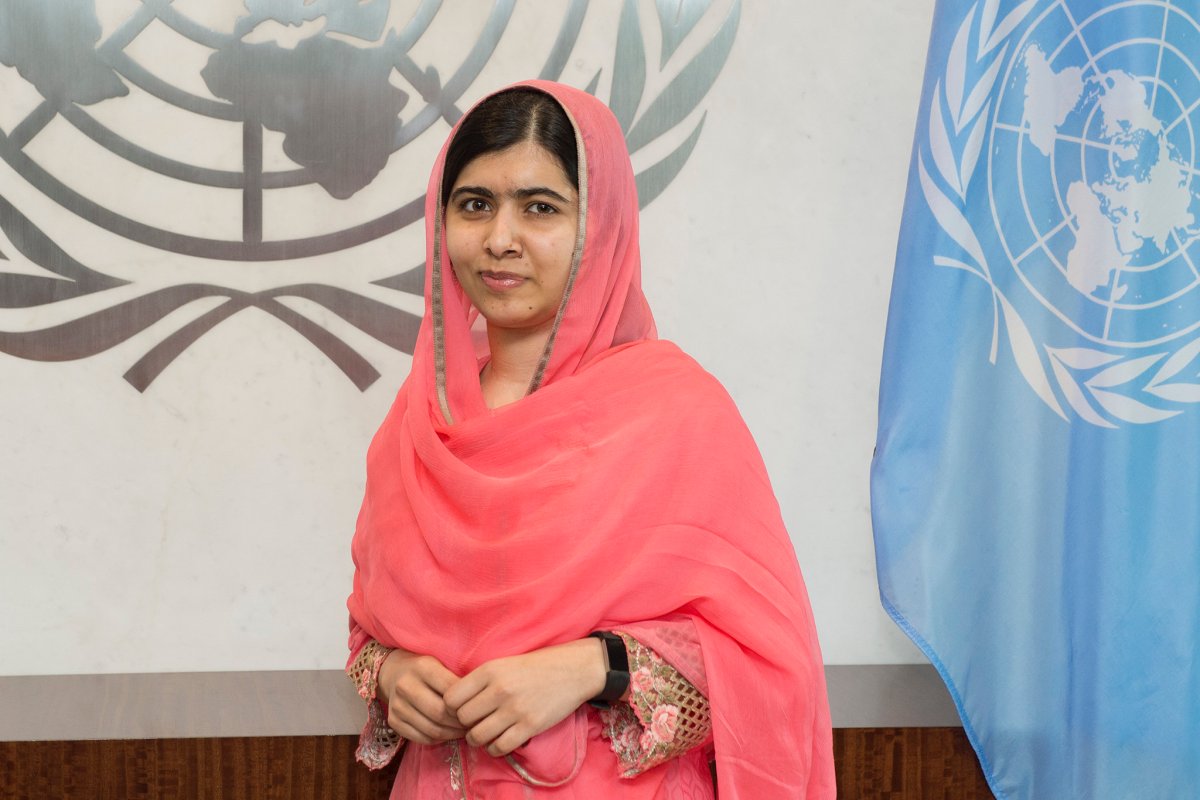

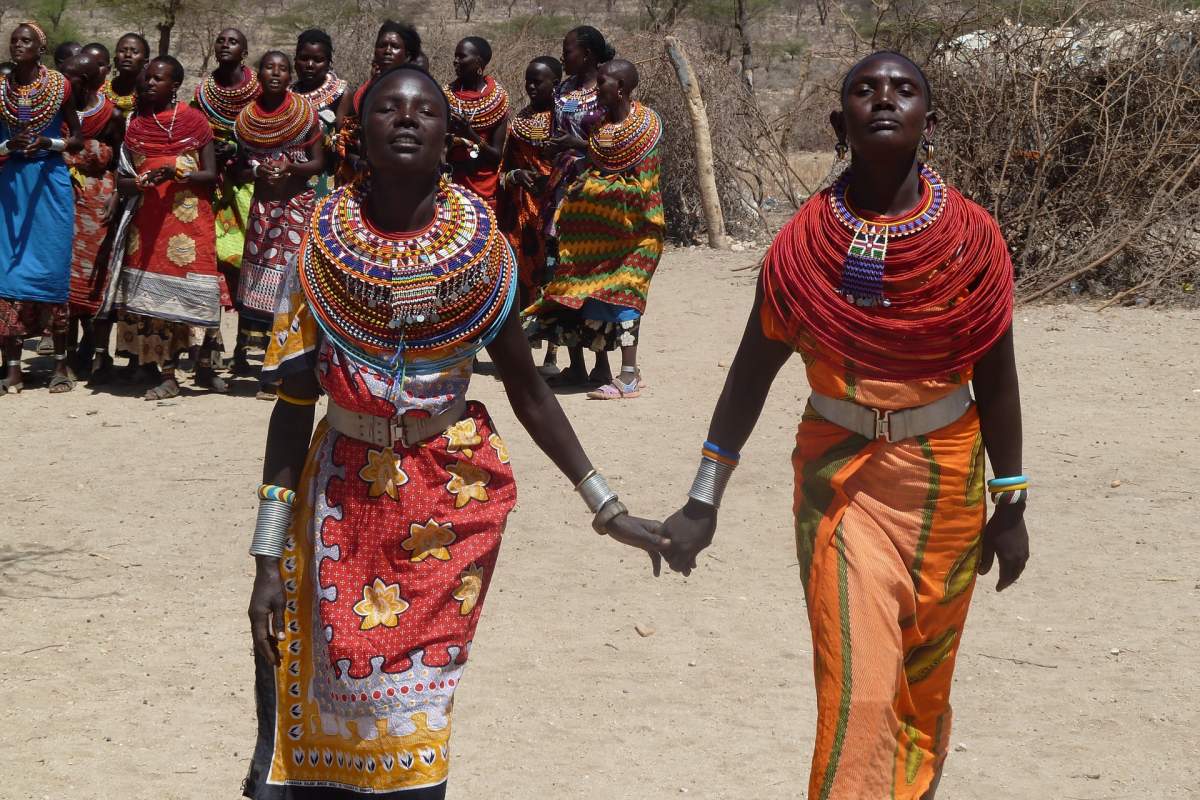
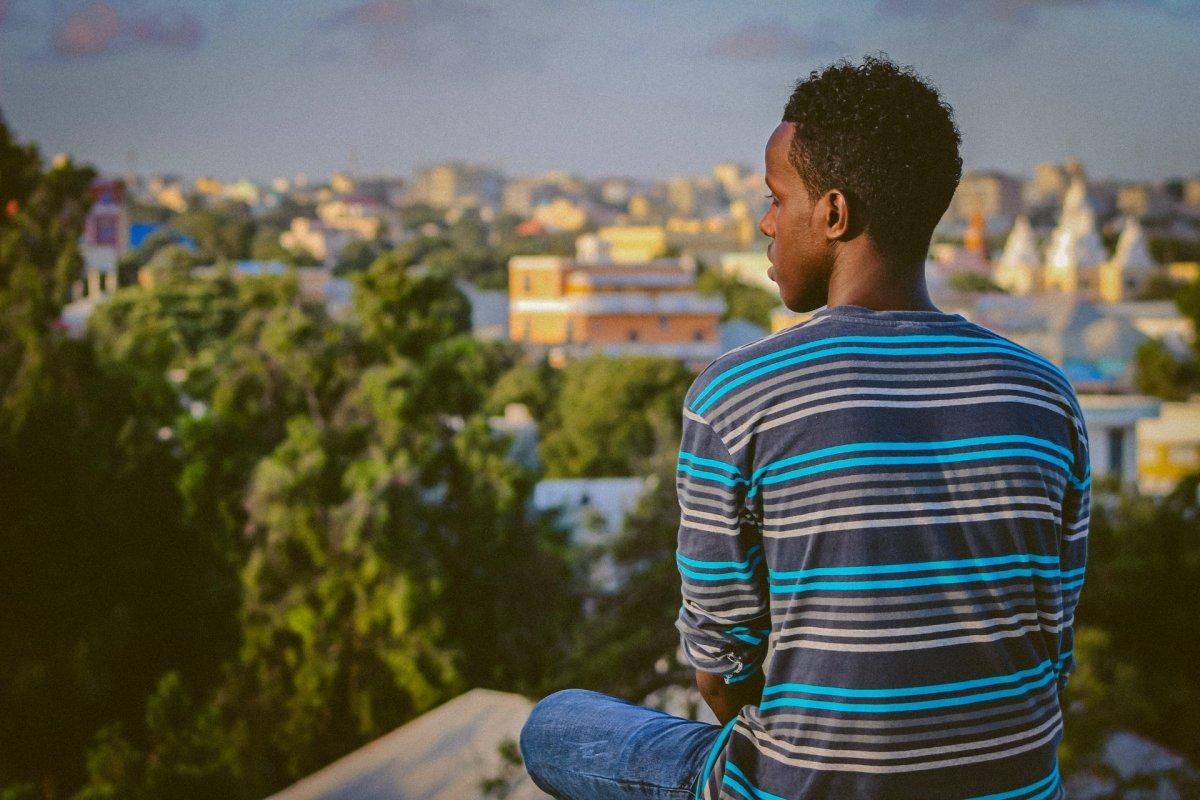
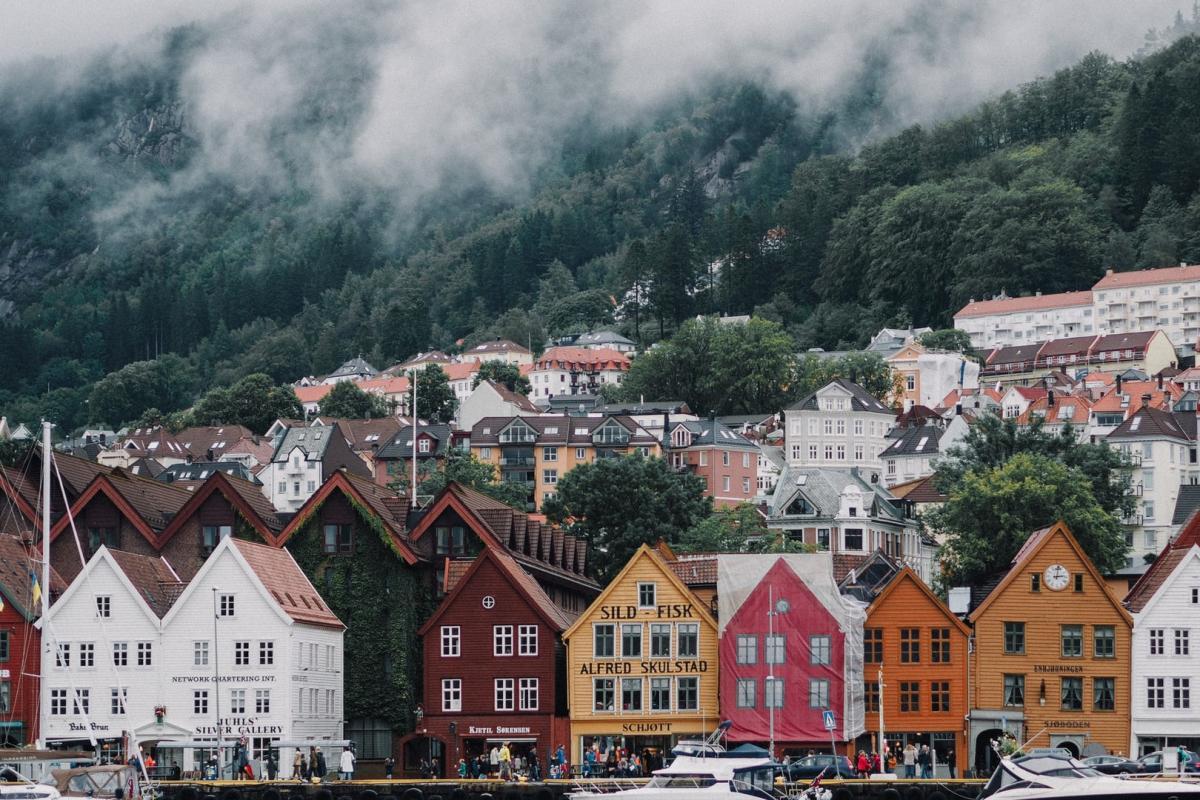
My daughter is doing a research paper on Education in Pakistan. Would you be willing to answer a few questions she has about it?
If so, please emal me. Thank You.